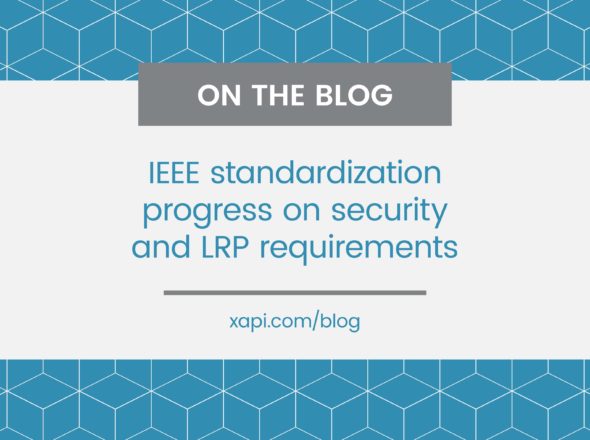Last week wrapped up I/ITSEC 2017, the largest training and simulation event in the world. This year, we exhibited and talked with people about how we help solve problems around eLearning standards like xAPI and SCORM (along with the updated DoDI 1322.26). What was notable about this year, for me, was the introduction to a new term: “system of systems.” For those unfamiliar, system of systems refers to a collection of systems that are brought together to create a new, more complicated system that’s greater than the sum of its parts. System of systems is an idea used throughout organizations or softwares, but at I/ITSEC, many people were talking about it in the context of xAPI.
It’s safe to say that every DoD agency uses multiple systems for training. They may have one or multiple LMSs, AR tools, VR tools, authoring tools, content management tools, physical simulations, in-person training..the list can go on. Because of the complexity of their ecosystem, they must think strategically about how each system works within the whole. Thus, the idea of a system of systems.
What arose in conversations at I/ITSEC was how well-suited xAPI is for supporting the creation and reporting on a system of systems. xAPI is at its core a communication protocol that helps multiple, separate pieces communicate in the same way. Using xAPI, the DoD could connect experiences from in-person training to those in an LMS.
We saw some great tools that leverage modern technology for training, particularly when it comes to AR and VR. Traditionally, each of these tools would be self-contained. But with xAPI and a systems of systems approach, each of these tools can become part of a larger plan that connects disparate systems and experiences.
We look forward to learning more about how DoD agencies (or those outside the DoD too!) use xAPI to support the creation of their system of systems. If you ever have any questions about how you can do this or how we’ve helped other clients create their ecosystem, let us know. We like talking about the standards.


